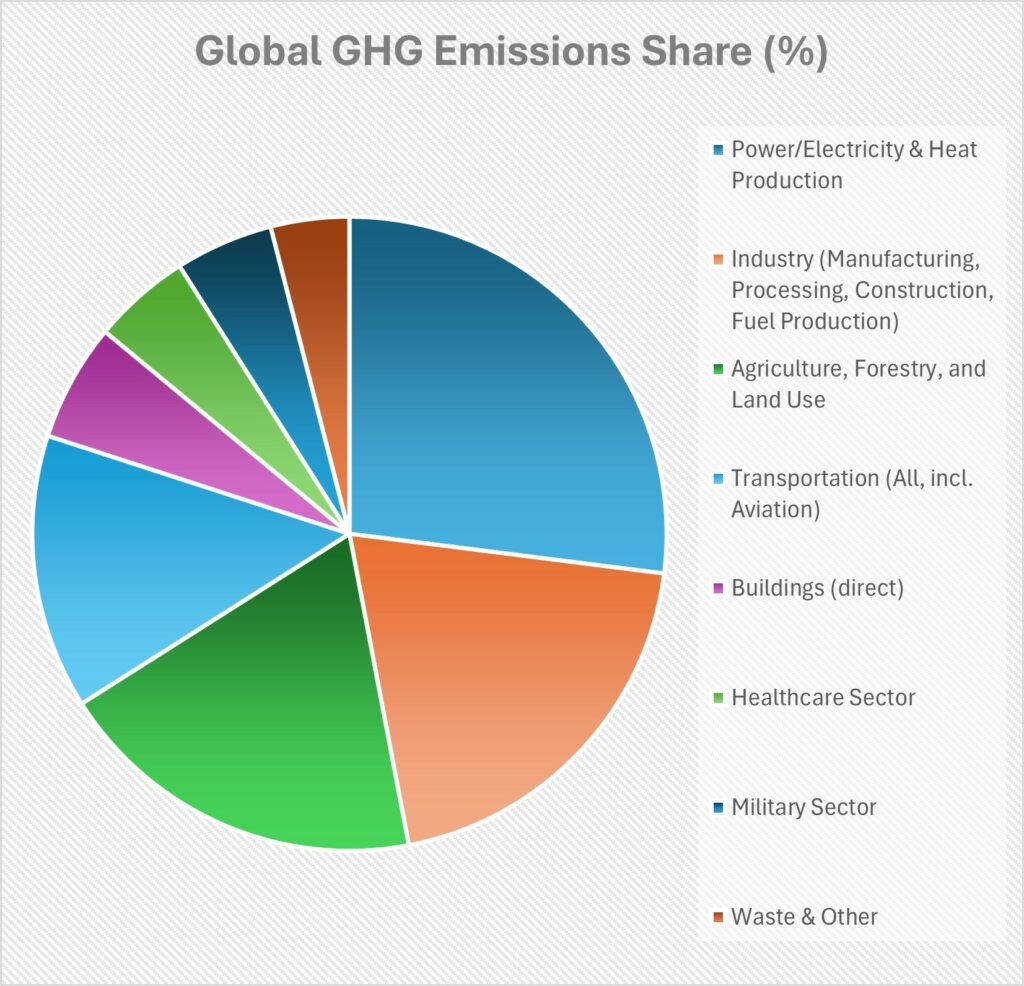Hi my super squids!
Last Wednesday (August 13, 2025) marked a big day for more ocean-friendly and earth-friendly air travel. The SolarStratos Team announced that their experimental aircraft, SolarStratos, flew at an altitude of 9,521 meters (31,237 feet) over the Swiss Alps. This marks the highest achievement, to date, by a piloted electric and solar-powered plane. It’s higher than the Solar Impulse record of 9,235 m.
The Solar Stratos aircraft runs solely on solar power and is contributing to solutions for a more sustainable future. According to the SolarStratos Team:
Our stratospheric solar-electric airplane is more than just an aircraft — it’s a catalyst for innovation, a challenge to the status quo of aviation.
Because the aviation industry produces 3.5%–5% of global warming to date, a cleaner and greener aviation industry will help Ocean Conservation. Please note that this figure includes all green house gases and indirect warming effects. Well-known organizations, such as Our World in Data, the European Commission, Bruegel, and Statista, widely support this estimate.
Here is a figure that gives an idea of the different sectors and their impact on green house gas (GHG) production and indirect warming effects:

These estimates reflect a compliation of the current, known data from reputable sources (US EPA, United Nations, WHO, SGR/CEOBS, and major science and policy reviews). I used Perplexity AI to compile the data analysis, then I created the resulting pie chart.
We can note with interest that the first four categories comprise 80% of GHG emissions:
- Power/Electricity & Heat Production: ± 27%
- Industry (Manufacturing, Processing, Construction, Fuel Production): ± 20%
- Agriculture, Forestry, and Land Use: ± 19%
- Transportation (All, incl. Aviation): ± 14%
It’s important to address the root causes of climate change by reducing or preventing the emission of greenhouse gases (GHGs) into the atmosphere, because climate change represents the most impactful human activity threatening the oceans today. Other activities also impact the oceans, but I’ll address them in a later post.
Though there’s no magic “one-size-fits-all” action to improve ocean conservation, certain activities and sectors provide more leverage than others. Resources (money, energy, time, attention…) need to be allocated preferentially to the areas most susceptible to provide results. Of course, we still need to address the other areas, but to a lesser degree.
I’m suggesting that if we concentrate our efforts on the top four categories (representing 80%) we can achieve more than if we spread our resources around in all directions.
To circle back to the Aviation sector, it’s in Transportation (#4), which is in the top four, so I’m counting it as a priority for Ocean Conservation.
Every wave matters, but some loom larger than others when it comes to Ocean Conservation.
Let’s dive into Ocean Conservation together.

